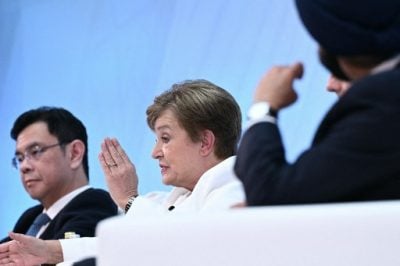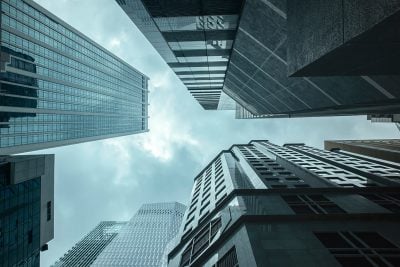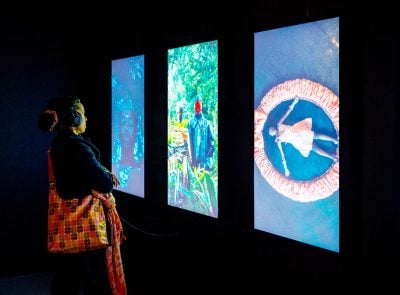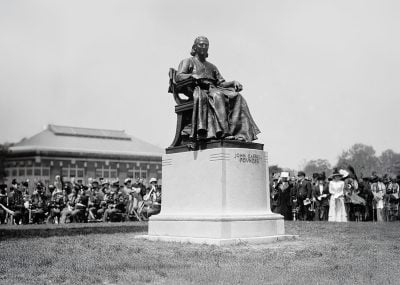How much does it cost?
So, just how rich does one have to be to afford a piece of African art? Opinion varies widely.
Sotheby’s Heinrich Schweizer, who handled the auction of 200 pre-19th century West African sculptures in New York in November (which netted upwards of $20m), is quoted saying, “You can buy a great piece for about $1m and a very, very good piece for $100,000.”
If this is disheartening and discouraging to a prospective purchaser, Michael Backman, an art dealer with a gallery in Mayfair, has more encouraging news.
Backman says though the very top of the African antique tribal market is now out of reach for all but millionaires, bargains can still be found for those willing to spend between £25,000 and £50,000 for a solid investment, bound to yield, in time, healthy returns. “This is an area where a person with a good eye,” says Backman, “can enter the market without spending a fortune.”
Bryan Reeves, who runs the Tribal Gathering Gallery in Notting Hill in London, claims a careful investor can get into the market for between £500 and £1,000. Top-drawer pieces will, though, cost them at least £10,000 or more. Reeves points out that the most popular pieces are masks and figures. Pieces produced by the Dogon people of Mali, the Fang people of Gabon, or the Luba people from Congo are the hottest properties, he says, and sell quickly.
Most dealers say for a new collector, contemporary African art is the best bet. At Bonhams’ 2014 Africa Now sale in London, pieces began at around £3,000.
Whatever you buy, beware. Up to 95% of antique or tribal art is, according to one estimate, fake.
How to avoid fakes? Bendu Cooper, who owns the Gallery of African Art in Mayfair, says its best to employ the services of experts like her, who can advise on prices, research history of a piece, and investigate an item before purchase. “African buyers are already very educated consumers,” says Cooper. “They do their homework, and as many are businesspeople, they expect to get a bargain, whether prices are surging or not.”
Still, not everyone is ready to call this surge in prices for African art a boom or bull market just yet.
Nigerian art collector Theo Danjuma is bearish at best. “I think there is definitely more focus on the African art world but I wouldn’t say it’s on the rise yet; but I guess when you start from zero anything is an improvement!”
Danjuma put on an exhibition at a gallery in London recently showcasing some of the most exciting names in African contemporary art, among them South African Ernest Mancoba, Ethiopian Julie Mehretu, Nigerian Emeka Ogboh, and Ghanaian-British Lynette Yiadom-Boayke.
Even if Theo Danjuma is not ready yet to declare we are in the midst of an African art boom, Sotheby’s Giles Peppiatt, director of contemporary African Art at Bonhams in London, is in no doubt. “Given the rapid economic growth in the continent I see no reason why contemporary African art should not,” he says “continue to attract greater interest and therefore increase in price.”
Want to continue reading? Subscribe today.
You've read all your free articles for this month! Subscribe now to enjoy full access to our content.
Digital Monthly
£8.00 / month
Receive full unlimited access to our articles, opinions, podcasts and more.
Digital Yearly
£70.00 / year
Our best value offer - save £26 and gain access to all of our digital content for an entire year!
 Sign in with Google
Sign in with Google 


